Election Officials Struggle With Voting Machine Expirations
A generation of voting machines is approaching the end of its life span. The Help America Vote Act of 2002 established new standards for voting equipment and set aside funds to help states and counties purchase more technologically advanced systems. Before the act was passed, jurisdictions purchased voting technology on a rolling basis, with only a fraction buying new equipment at any given time. Now many of these machines will need to be replaced simultaneously across the country at a cost of millions of dollars.
For example, a 2010 report by the Research Triangle Institute found that the AccuVote TS voting machines used in Maryland were approaching the end of their expected 10-year life and that continued use of the system beyond 2012 increased the risk of malfunctions. Governor Martin O’Malley allocated $1.2 million in the state’s 2014 fiscal year budget, which starts July 1, to plan the overhaul of the voting system. These funds will come too late, however, for the state’s June 24 primary election.
The Presidential Commission on Election Administration strongly recommended addressing this looming crisis in voting technology and, in particular, reforming the standards and certification process for voting technology.
Some jurisdictions—such as Travis County, TX, which includes Austin—are proactively taking on these challenges. In 2012, after using the eSlate DRE voting system for more than a decade, the county began working with computer and usability experts to write specifications for a new system called STAR (for security, transparency, auditability, and reliability).
In Los Angeles County, CA—one of the largest election jurisdictions in the country—the Registrar-Recorder and Coun ty Clerk’s office launched the Voting Systems Assessment Project in 2009 seeking public input to help determine voters’ current and future needs. By the midterm elections in 2018, Los Angeles County voters are expected to use tablet computers to mark their ballots, replacing the current ink ballot marking system that dates to 1968. The new system will cost roughly $42 million and will be partially funded by a bill to update voting systems (S.B. 360), which passed last year and provides $200 million in state bond funds to help counties pay for new voting equipment.
This post was previously featured on Pew’s Election Data Dispatches. The Data Dispatches provide data, research, and analysis about election administration in the U.S.
Correction: A prior version of the dispatch described the new voting system being developed in Los Angeles County as “proprietary software”. However, no determination has been made on the technology that will be used.
